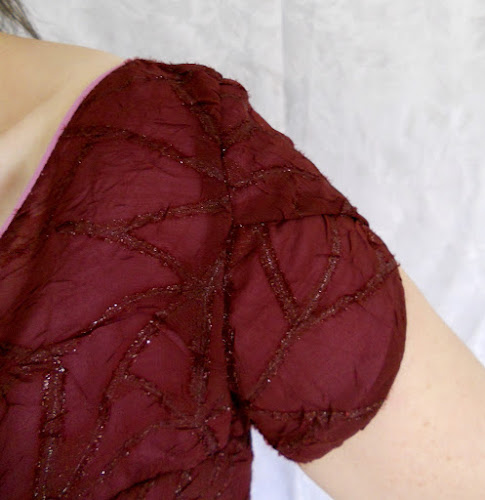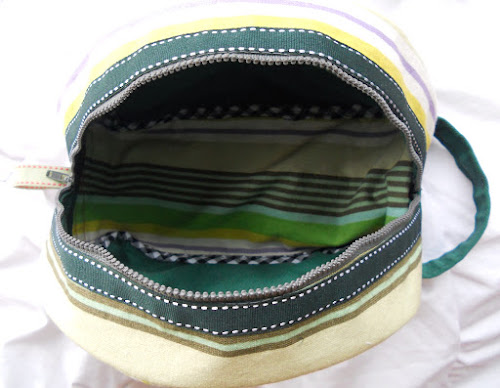After upcycling a shirt to a child's sailor dress for last years Refashioners series (on the Makery blog), I had no intention of sewing along this year. Of course life has a habit of getting in the way, especially when we make plans!
My unintentional participation this year is all due to my 16 year old son. He decided in January to learn the guitar and with patience & perseverance (and a couple of online classes) did exactly that. He has since encouraged and motivated his younger brother to enthusiastically learn.
Guitar straps are not generally expensive, but when my older boy then asked me to sew one for him, there was no way I could refuse!
He wanted a very long strap, but really had no other specific requests or requirements. After doing some research (specifically checking out the guitar straps used by the Beatles) I realised that straps didn't need to be as wide as many are nowdays.
This year's Refashioners series 2016 is all about denim jeans, and there are some fascinating and detailed sewing projects on the Makery blog that are worth checking out.
I decided to sew the guitar strap from denim for strength and chose a pair of jeans that were long past their sell-by date!
The white plastic slide buckles or strap adjustors were taken from an old baby sling, these determined the width of the guitar strap. An old leather belt was cut up to attach the strap to the guitar.
I measured the strap that my son wanted and added more to allow for lengthening. The denim was cut in two pieces, each on a fold and sewn inside out, with leather pieces sewn into the ends.
This may not have been the best approach as I spent hours trying to turn the right side out for the long strap. The only reason that I didn't rip/unpick my stitching is because I thought it would weaken the join with the leather. The effort was worth it as the strap which was really only a prototype is looking like it will last a while!
Even after managing to turn the strap, the structure still took some figuring out. I was determined to make the strap as strong as possible, as I has joined two pieces of denim in the middle of the strap. I was worried that the join would be a weakness so sewed one long piece of ribbon along the full length of the strap. I picked a red denim style Jane Means ribbon to sew on the inside of the strap as per my son's request (though I would have secretly preferred it on the outside).
The plastic strap adjustors were more straightforward to attach after all the difficulty turning the strap.
All that was left was to cut a hole in the leather strap ends so that the strap would fit on the guitar. It is very comfortable for my son to wear so the shoulder padding piece which I have also cut from the denim jeans has yet to be finished.
Pin It Now!






















































